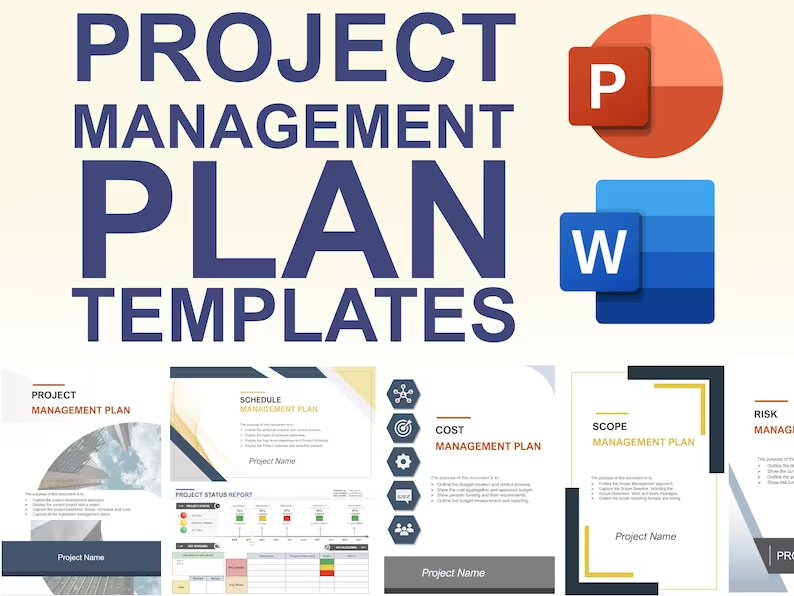Note: Click on the video above to watch.
 Nailing the PMP Exam: Your Mindset Guide
Nailing the PMP Exam: Your Mindset Guide
Many people have asked how to get into the right mindset for the PMP (Project Management Professional) exam, so let’s dive in. Here’s a quick overview (from the video above) of how to approach the exam with the right mindset. We’ll cover general tips, predictive approaches, and Agile strategies to help you succeed.
General Exam Mindset
The mindset idea is the general approach to a project, leadership and the exam questions that are asked on these things to help you get them right the majority of the time.
Here are some general exam mindset ideas from the video above to help you.
- Work with What You’ve Got: Assume that all the info you need is in the question. Sometimes, several answers might seem correct. Rank them from best to worst and pick the best one based on the details given.
- Avoid Extremes: Try not to go for extreme actions like closing the project or escalating issues immediately. Instead, aim for answers that focus on problem-solving and collaboration.
- Be Collaborative: Project managers don’t have all the answers but can get them. Consult your team for their expertise and always involve the project customer for feedback on deliverables.
- Stay Simple and Inclusive: Use simple, inclusive tools and methods. For estimating, bottom-up is more accurate but time-consuming, while top-down is quicker but less precise.
- Know Your Framework: Identify whether the project is waterfall, agile, or a hybrid. Look for keywords in questions to determine which approach is being tested.
Predictive Exam Mindset
Here are some Predictive exam mindset ideas from the video above to help you.
- Your Project Plan: Always create a plan and follow it. If changes are needed, know the change management process: log the change, assess its impact, get approval from the Change Control Board, and communicate the outcome to stakeholders.
- Distinguish Risks from Issues: Risks are future uncertainties; issues are problems that have already happened. Use a risk register for risks and an issue log for issues.
- Consult Your Team: For solutions, and for estimations, always get input from your team. Their expertise is crucial.
- Closing a Project: Follow proper closing steps, including confirming acceptance with the sponsor, finalizing claims for Procurement, transitioning to operations, documenting lessons learned and archiving project information.
- Know Stakeholder Communication Needs: Don’t assume; ask your stakeholders what communication they need and how often. Engage them regularly and update as needed.
Agile Exam Mindset
Here are some Agile exam mindset ideas from the video above to help you.
- Be a Servant Leader: Remove obstacles for your team, shield them from external issues, and help them grow. Focus on motivating and supporting your team.
- Coach the Product Owner: The product owner prioritizes the backlog. If they don’t know how we must coach them and help them improve. They represent the customer and make decisions on what features to prioritize.
- Communicate the Vision Often: Clearly outline the project vision, goals, and communication preferences in the project charter.
- Co-locate the Team: Whenever possible, have the team work together in the same space. This improves communication and information flow.
- Use Face-to-Face Communication: It’s more effective than emails, allowing you to pick up on non-verbal cues.
- Visual Management: Use a Kanban board to track work and identify bottlenecks. This helps the team manage work and solve constraints.
- Encourage Safe Disagreements: Create an environment where team members can voice disagreements without fear. This fosters a culture of psychological safety.
- Review and Improve: Hold retrospectives to review what’s working and what’s not. Use these insights to continuously improve.
- Sprint Reviews: Demonstrate completed items to show real progress, not just reports or showcases.
Final Thoughts
Passing the PMP exam is within your reach! It takes effort and self-belief, but with the right mindset and strategies, you can do it. Keep studying, stay confident, and remember: you can do this.
See more PMP articles:
- Explained: What Does a Business Analyst Do?
- Get David McLachlan’s Udemy Courses for $14.99 During March 2025
- Pass Your Exam With These 3 Powerful Psychology Tricks
- Want to Pass your PMP? Don’t Do These 6 Things
- What To Do If You Don’t Have A Product Owner
- Is the PMP Relevant in the Real World?
- The PMBOK Guide 8th Edition Draft – My Feedback
- Never Escalate, Never Close – Bad Advice for your PMP Exam
- The PMP Cheat Sheet – Are You Ready for the Exam?
- The PMP Fast Track
You can see what people are saying about David McLachlan here: REVIEWS
Navigate to Free Project Management and Leadership Articles through the links on the right (or at the bottom if on Mobile)




 Mastering Project Management with Influence
Mastering Project Management with Influence
 A Simple Manifesto for Complicated Humans
A Simple Manifesto for Complicated Humans
 How Identity Shapes Actions and Results
How Identity Shapes Actions and Results 20 Excel Formatting Shortcuts to Clean up Your Data
20 Excel Formatting Shortcuts to Clean up Your Data Handling a Project Crisis: What to Do When Things Go South
Handling a Project Crisis: What to Do When Things Go South CAPM versus PMP: Different Certificates for Different Times
CAPM versus PMP: Different Certificates for Different Times The Secret History of Agile: Unveiling the Roots of a Revolutionary Methodology
The Secret History of Agile: Unveiling the Roots of a Revolutionary Methodology Agile vs. Waterfall Project Plans
Agile vs. Waterfall Project Plans Four Game-Changing Learning Techniques
Four Game-Changing Learning Techniques